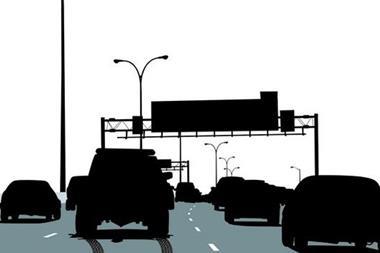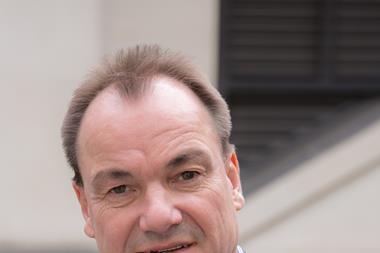CMT is leading a mobile-based revolution in telematics that is making driving safer, more rewarding and more profitable for insurers
The US telematics market has long been slightly ahead of the UK market, with telematics policies already having broken out of the young driver niche that UK providers are still trying to break out from.
Research from Cambridge Mobile Telematics (CMT) has found that 75% of US drivers would like their premiums based on how safe they drive, and almost two-thirds (64%) of drivers are willing to download a mobile app that tracks their driving using artificial intelligence and telematics for a more personalised insurance quote.
CMT vice president of marketing Ryan McMahon says that by moving further into the mobile-based telematics market that has proven so popular on the other side of the Atlantic, UK insurers can benefit from a lower cost-base and additional opportunities for tapping into other markets outside of the young driver niche that has been the heartland of telematics insurers in the UK to date.
“The UK telematics market has traditionally been focused on young drivers, but we are now seeing much more interesting propositions that are about more than just offering a premium discount in exchange for data monitoring,” he says.
Reward good driving
McMahon says that, in addition to simply monitoring driving behaviour and adjusting a price or offering a premium discount, the data collected as part of a telematics policy can also be used to reward good driving behaviour with points that can then be used for benefits such as money off at coffee shops or Amazon gift cards, and eventually lead to safer driving.
“People are interested in a more personalised insurance proposition,” he says. “The key is that you need to have the right business model – users are willing to share their data if they receive something of value back.
“From a broker perspective, by offering rewards you are providing a much more positive outcome for the customer, and this allows people to talk about driving in a different, safer way. The carrier can offer these rewards because they benefit from a lower frequency and lower severity crashes, as well as higher retention of those individuals.”
“It is a different value proposition and a different way of solving the problem than we have seen in the past, and really allows for improved driving behaviour,” he adds.
Mobile technology
McMahon says it is the emergence of mobile technology that has really helped to bring down costs and make telematics policies more accessible and more beneficial to policyholders.
“We are able to detect an accident, contact the driver and get assistance to them on the side of the road and capture first notice of loss, simply from the use of mobile technology,” he says. “This wasn’t really possible in a cost-effective way before, and insurers and brokers can now sell these telematics policies as a value-added product through cost-effective technology that doesn’t require installation.
“Brokers can then focus on selling family safety features and rewards programmes, rather than just focusing on the cheaper price. Consumer interest in telematics from a safety perspective is much higher than for around price or discounts, with 83% saying that they are more interested in insurance as a product if it offers tools to keep their family safe.”
On the safety front, by using mobile-based technology CMT’s telematics propositions can also monitor how distracted drivers are by their mobile phones while driving, something that has been proven to be a big contributor to accidents on the road.
“Distraction is such a massive factor [in contributing to accidents],” McMahon says. “We are talking about being 13 times more likely every time they get in the vehicle if they are texting or distracted when driving.
“The fact we are able to measure distracted driving and counter that with these telematics policies is very powerful.”
Hosted by comedian and actor Tom Allen, 34 Gold, 23 Silver and 22 Bronze awards were handed out across an amazing 34 categories recognising brilliance and innovation right across the breadth of UK general insurance.




















































No comments yet